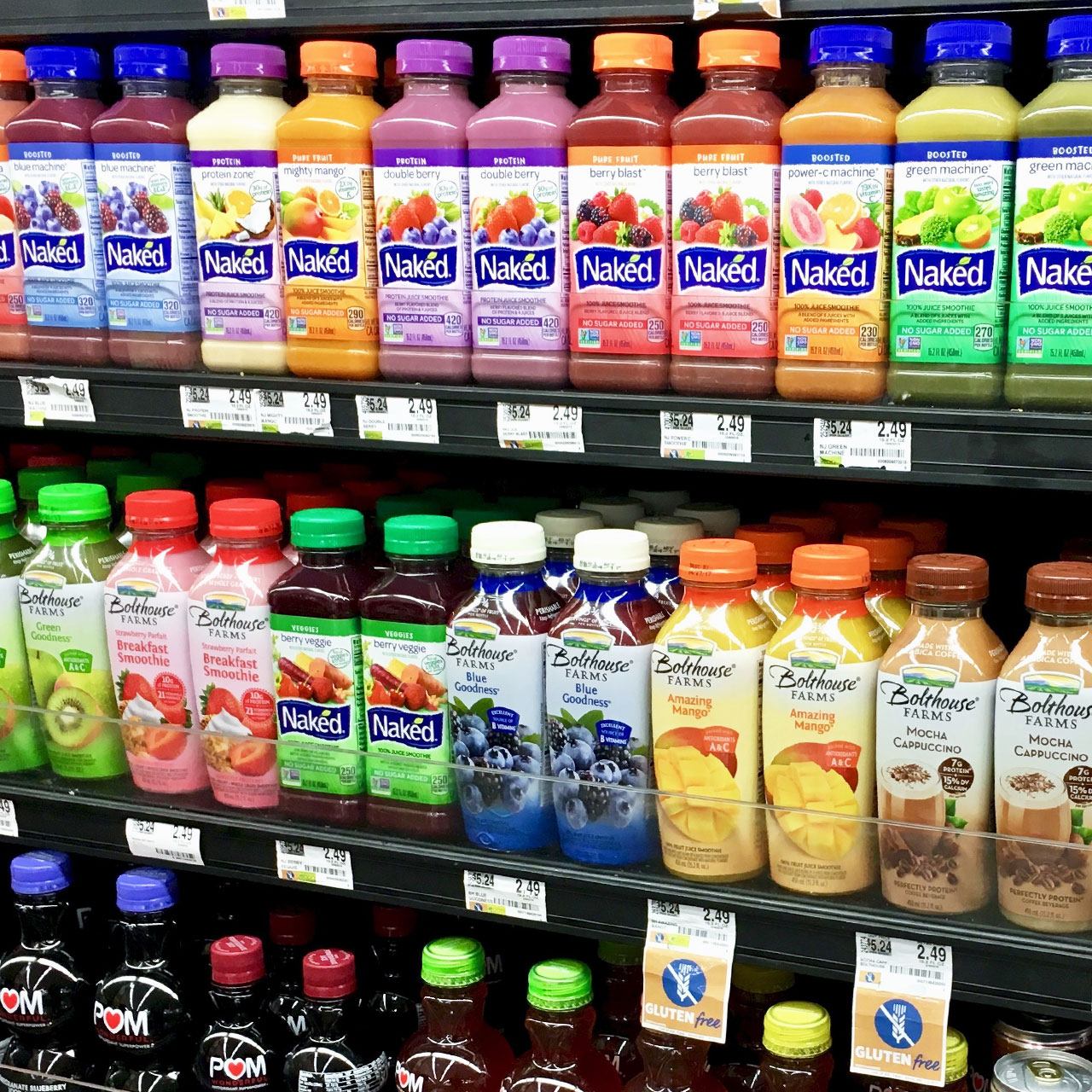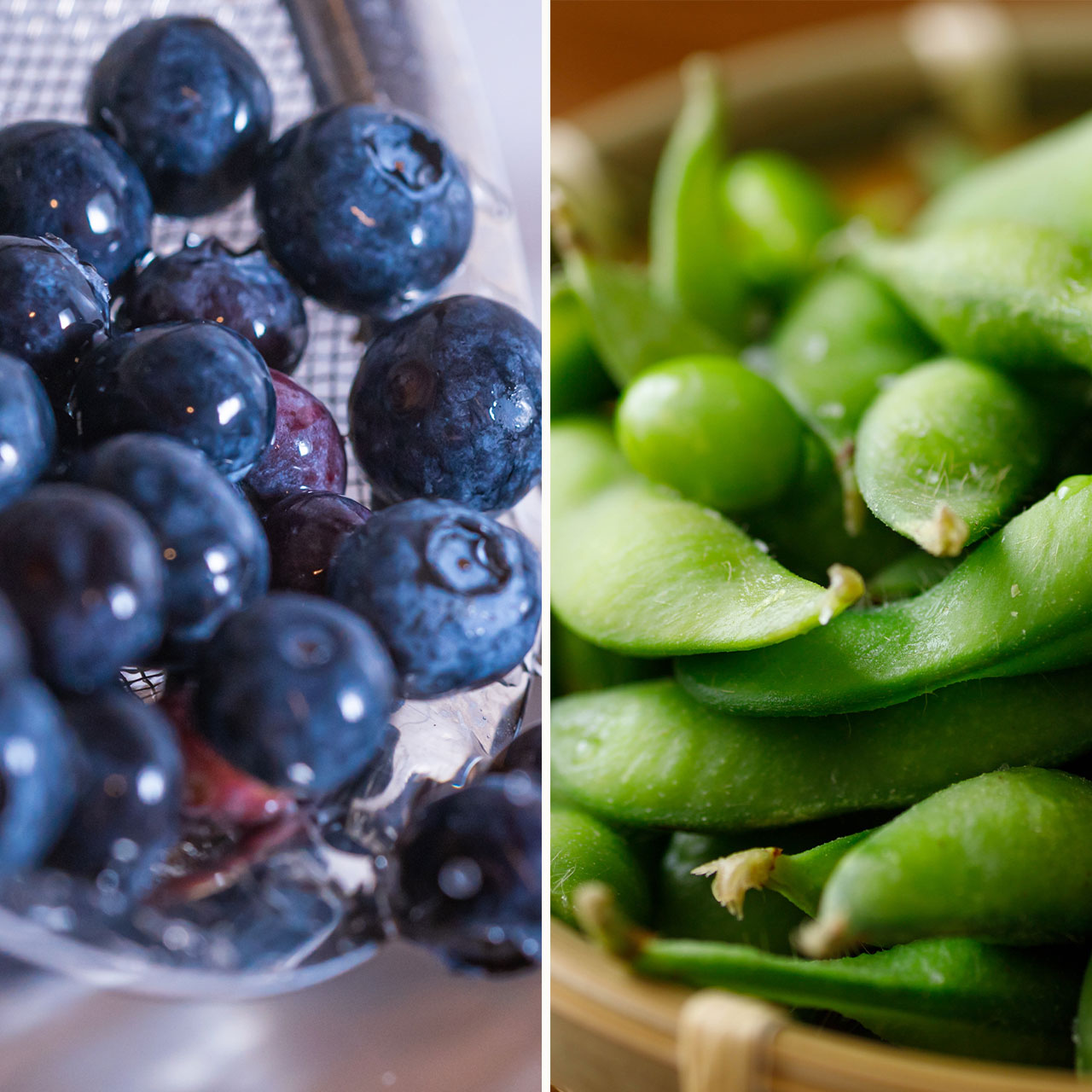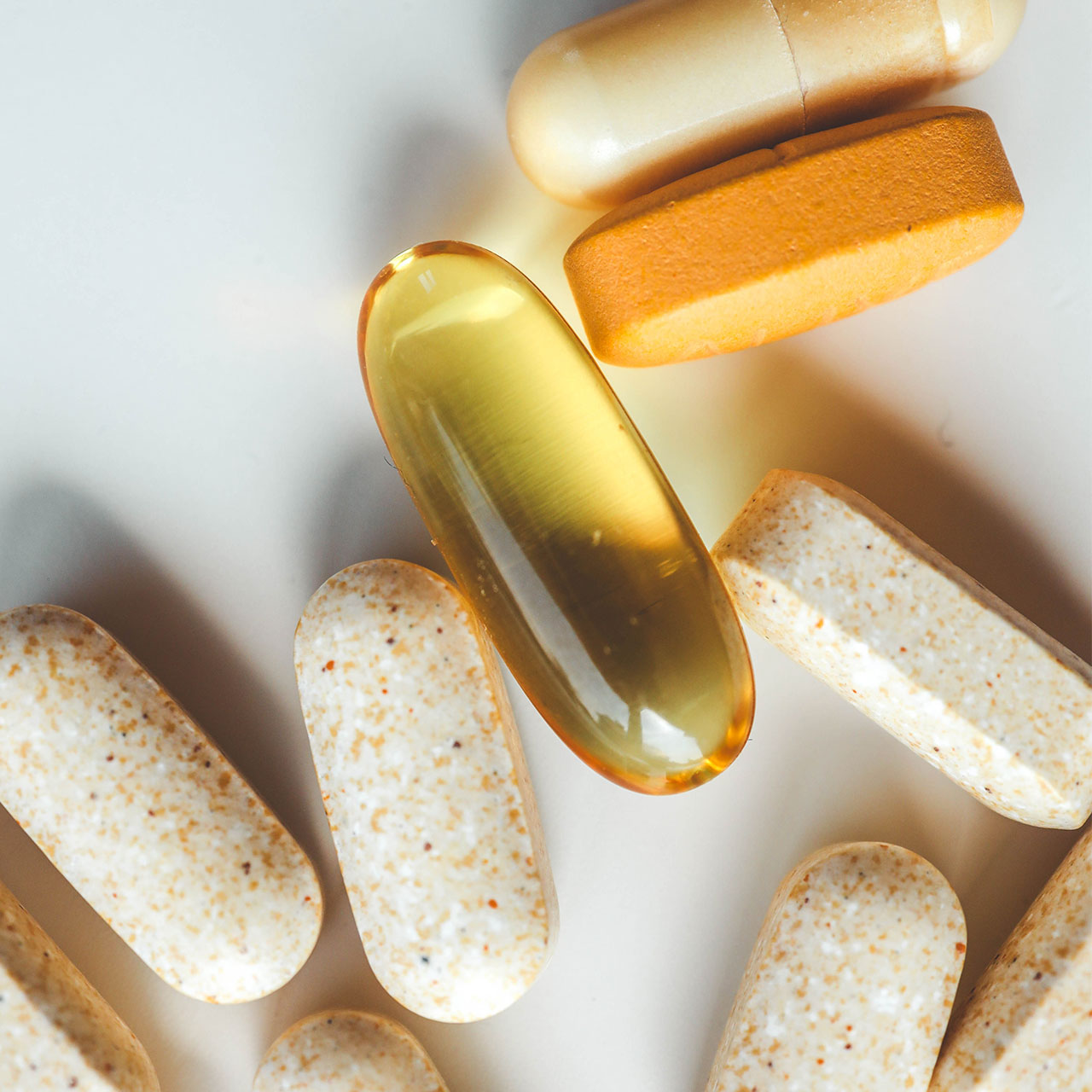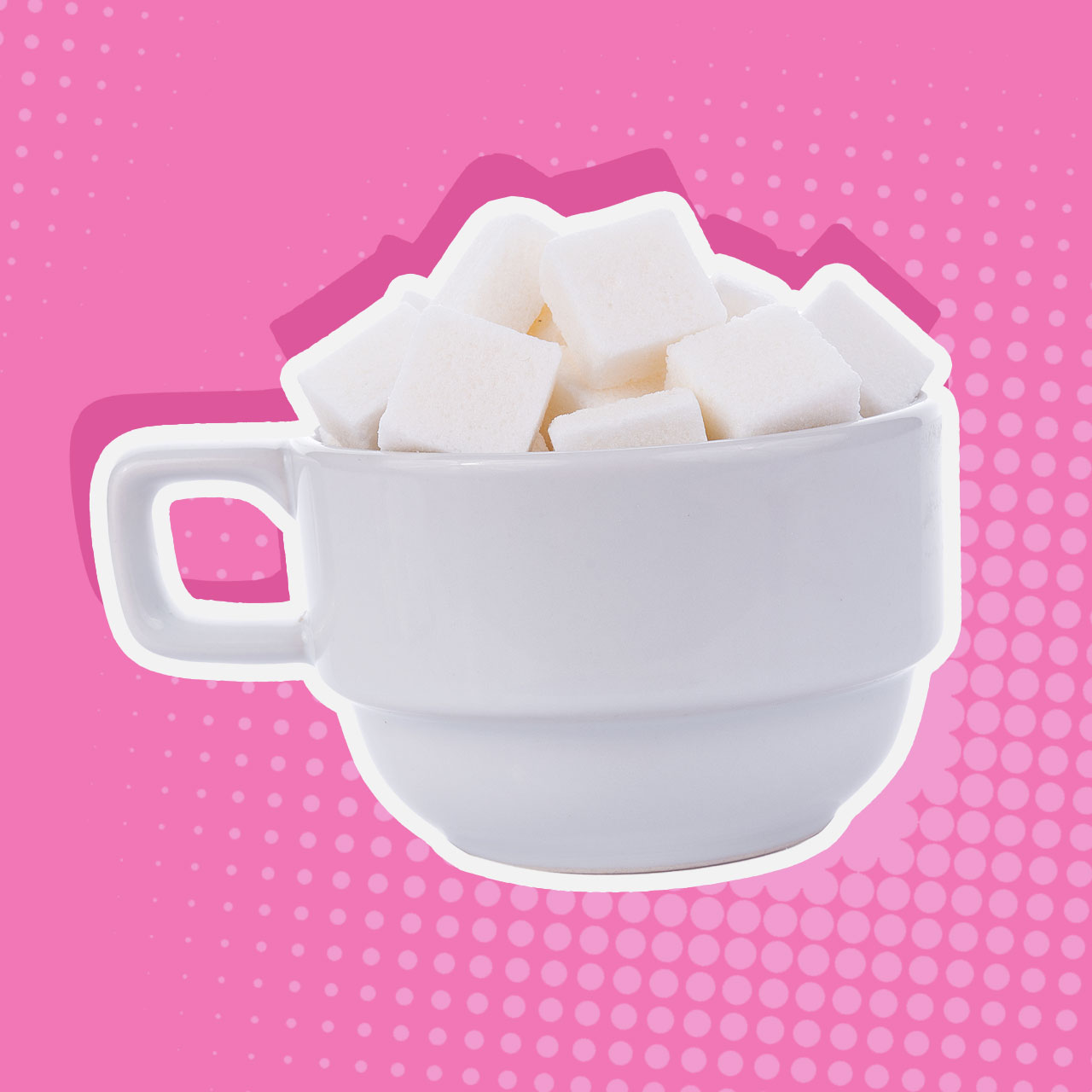This story has been updated since it was originally published on 2/14/23 to include an additional item
Experts agree that aging gracefully requires a balanced diet, frequent hydration, regular exercise and a consistent sleep schedule. If your goal is to instantly make your meals healthier (and boost your metabolism in the process) with the help of leafy greens, look no further.
We checked in with registered dietitians, nutritionists and other health experts for three kinds of green veggies to add to your daily intake over 40 for more fiber, protein and energy overall. Read on for tips, suggestions and insight from Trista Best, RD, LD, MPH, registered dietitian at Balance One Supplements; Jay Cowin, NNCP, RNT, RNC, CHN, CSNA, registered nutritionist and Director of Formulations at ASYSTEM; and Dr. Veena Madhan Kumar of iCliniq.

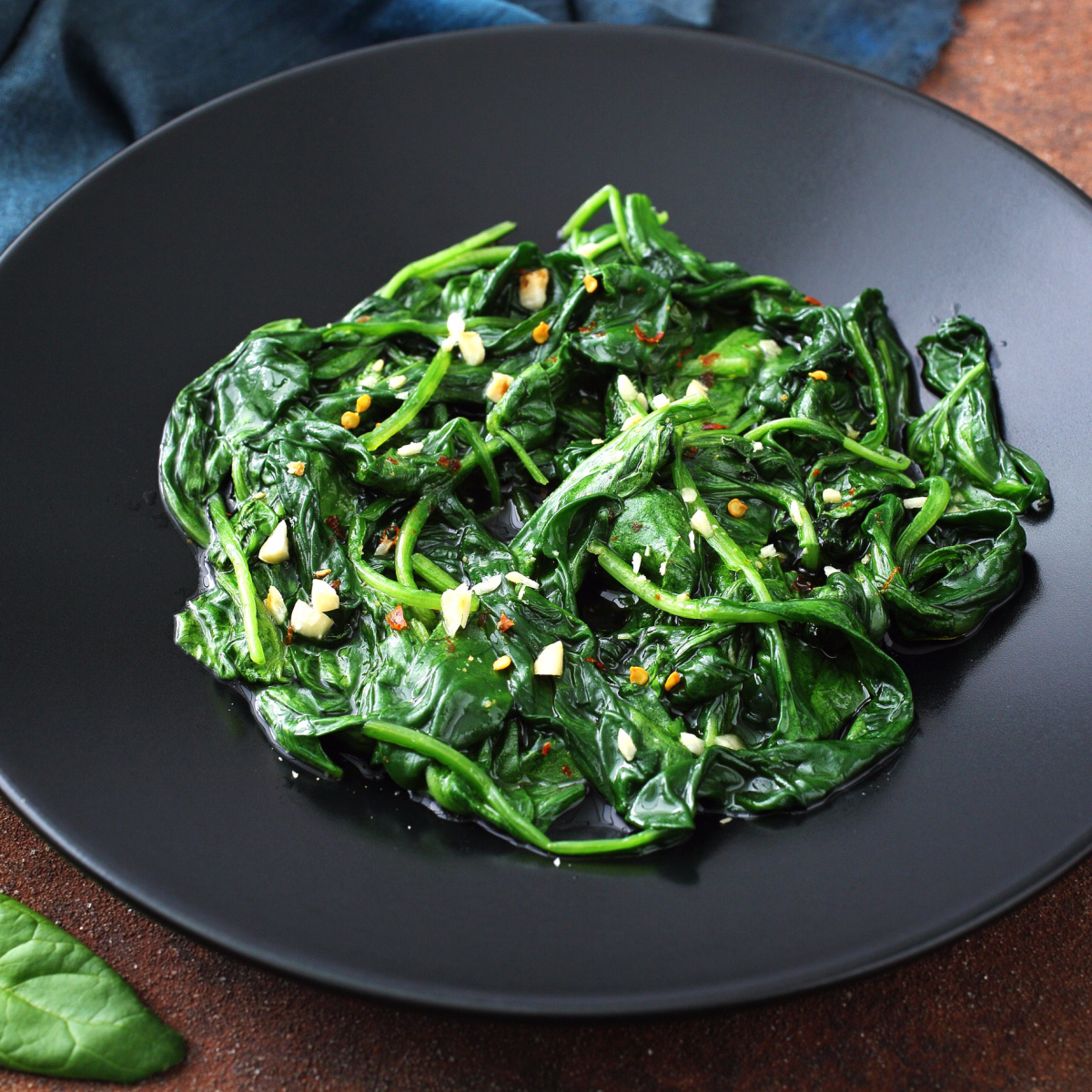
1. Spinach
Dark leafy greens such as spinach are "packed with weight loss and metabolism-boosting nutrients and can be easily added to many recipes," Best explains. Whether you're craving pasta, rice, or a salad, incorporating more leafy greens into your dinner will "always" help when it comes to making your dish healthier.

"When these nutrients are heated with water they become active in such a way that the body absorbs them more easily," she recommends. This, she adds, allows the consumer to take in weight loss friendly nutrients, like vitamins K, E, and fiber, while eating a low carbohydrate, high nutrient meal."The fiber content in spinach will help the consumer feel and stay full for longer," which Best also says can help prevent overeating or snacking later on.

2. Kale
Fiber-rich kale, as Cowin points out, is "high in nutrients and low in calories." The key here when eating more of this cruciferous veggie over 40 is to "keep your portions in check to help your digestive system adjust to them over time" (they cause bloating for some). This, he says, means starting out with small servings and then slowly increasing every time until your body gets used to them.

"Another way to effectively introduce kale to your diet is by sautéing, roasting, or steaming it," he adds. "Cooking it can help soften or break down the fiber, making it easier to chew and digest. Kale, as he concludes, is an excellent source of vitamin A (which is vital for eye and bone health and a stronger immune system), vitamin C (which prevents cold and chronic disease), vitamin K (aids in blood clotting and bone building) and folat (a B vitamin great for brain development). The more you know!

3. Swiss Chard
Swiss chard stands out as another nutritional powerhouse for individuals over 40, according Dr. Kumar. "Swiss chard stands out due to its rich content of essential vitamins, including A, K, and C, as well as vital minerals such as magnesium and potassium," he tells us. These nutrients offer tailored benefits for aging bodies, supporting bone health, immune function, and overall vitality.
Dr. Kumar highlights the importance of Swiss chard in promoting bone health, stating, "The specific benefits of Swiss chard encompass support for bone health," with its high vitamin K content aiding calcium absorption and reducing the risk of osteoporosis and fractures. Additionally, Swiss chard provides a potent source of antioxidants, crucial for combating oxidative stress and inflammation. "Swiss chard provides a robust source of antioxidants," Dr. Kumar notes, underlining its role in bolstering the immune system and fending off age-related illnesses.

Incorporating Swiss chard into your diet is simple. You can sauté it with garlic and olive oil, add it to soups and salads, or throw it into a healthy protein bowl. All in all, it's a wholesome addition to a balanced diet to help you work towards a healthier body over 40. As with any dietary recommendation, consulting health experts for personalized advice is essential, ensuring an optimal approach to promoting health and well-being as you age.









